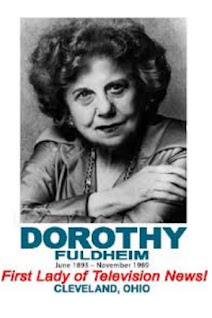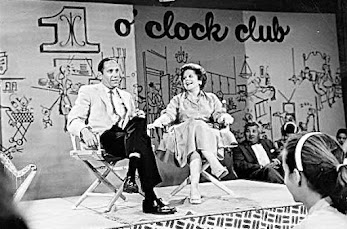"There is no more important struggle for American democracy than insuring a diverse, independent and free media." - Bill Moyers
The 2017 film "Shock and Awe" is a drama starring Rob Reiner, Woody Harrelson, Tommy Lee Jones, James Marsden, Mills Jovovich, and Jessica Biel. The true story deals with a group of journalists at Knight Ridder's Washington Bureau who investigate the reasoning behind the Bush Administration's invasion of Iraq in 2003.
The specific part in the movie that I would like to focus on is the infamous, yet saddening, September 11, 2001, terrorist attacks on the World Trade Center in New York City, the Pentagon in Washington, D.C., and a rural field in Pennsylvania. The attack was four coordinated Islamist terrorist suicide attacks by al-Qaeda, destroying all three locations.
The tragic event went down as the deadliest attack in history, killing over 3,000 people and injuring thousands. Later that night, the attacks had been identified as being the work of Osama bin Laden. The United States started war and invaded Afghanistan.
From here, journalists Jonathan Landay and Warren Strobel who worked for Knight Ridder, a consortium of thirty-one newspapers across the United States, under the Washington Bureau Chief John Walcott. They are aware that the Iraq story does not make complete sense to which they begin investigating with any sources that they can get their hands on, even within the Pentagon. Along with this, the Bush Administration claimed that Iraq which was led by Saddam Hussein, possessed weapons of mass destruction. The two go down a path of trying to discover if this belief is false or another dangerous reason.The film brings about serious issues regarding credibility or the lack thereof in mainstream media, newspapers not printing stories with the belief that the other media is accurate, and the potential to be in danger when going up against the government.
During this period, The New York Times was prominently known for reporting the claims being made about Hussein's weapons without really knowing the full truth. That being said, the only newspaper that was determined to report accurate, truthful information was Knight Ridder.
It is crazy to think that even today there are still instances of misinformation, or in other words yellow journalism, occurring although it is not explicitly referred to as the term.
Overall, I really enjoyed watching the movie in class as it taught me more about the journalists' point of view during the 9/11 attacks and the aftermath. Being a journalist at the time had to have been such an overwhelming and tricky career as they were constantly faced with obstacles concerning whether to write sensationalist style or factual. I would recommend this to anyone who likes true story based films as well as stories about our countries history, an important subject that I believe everyone should be very well-educated on.
The Truth Matters!

















